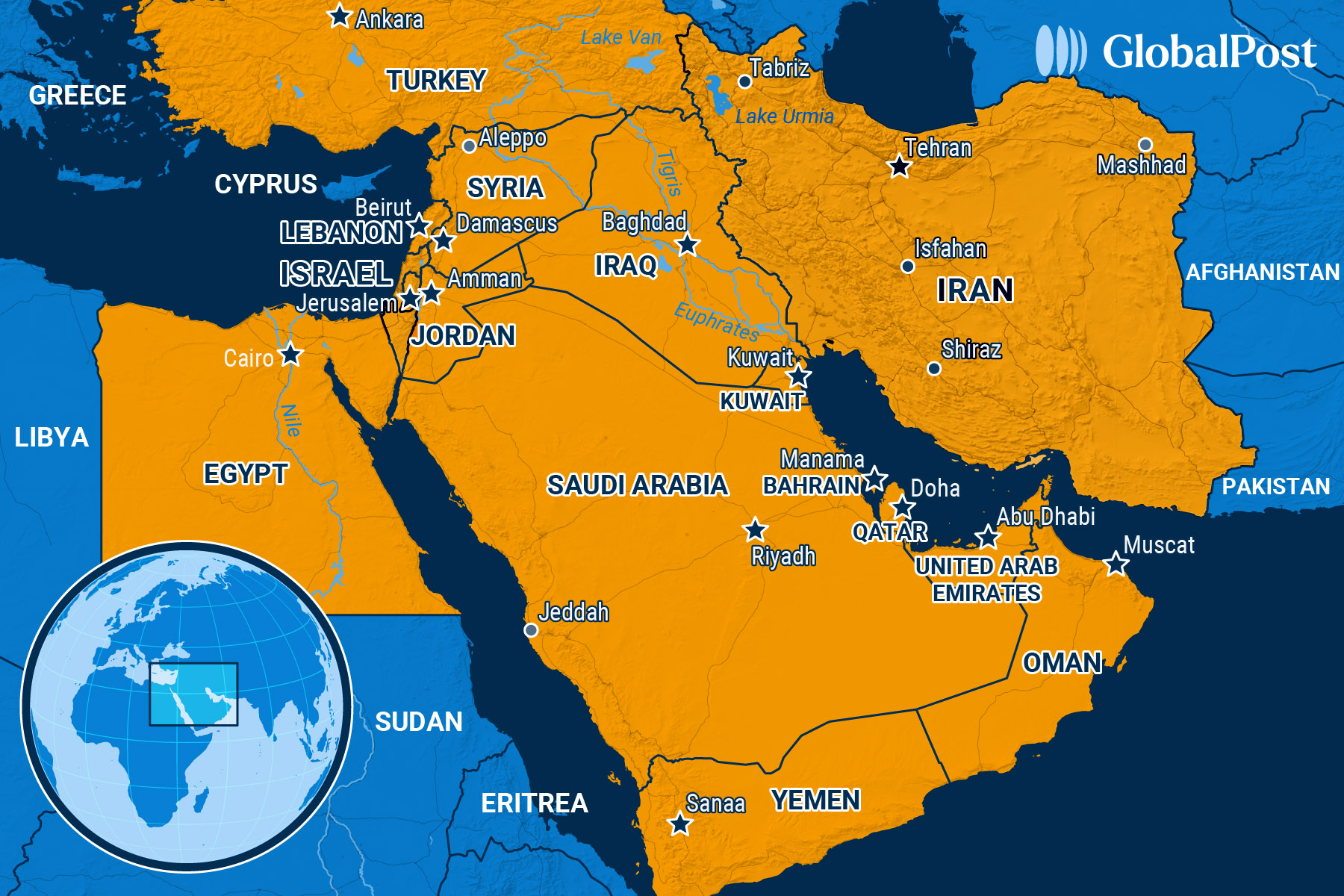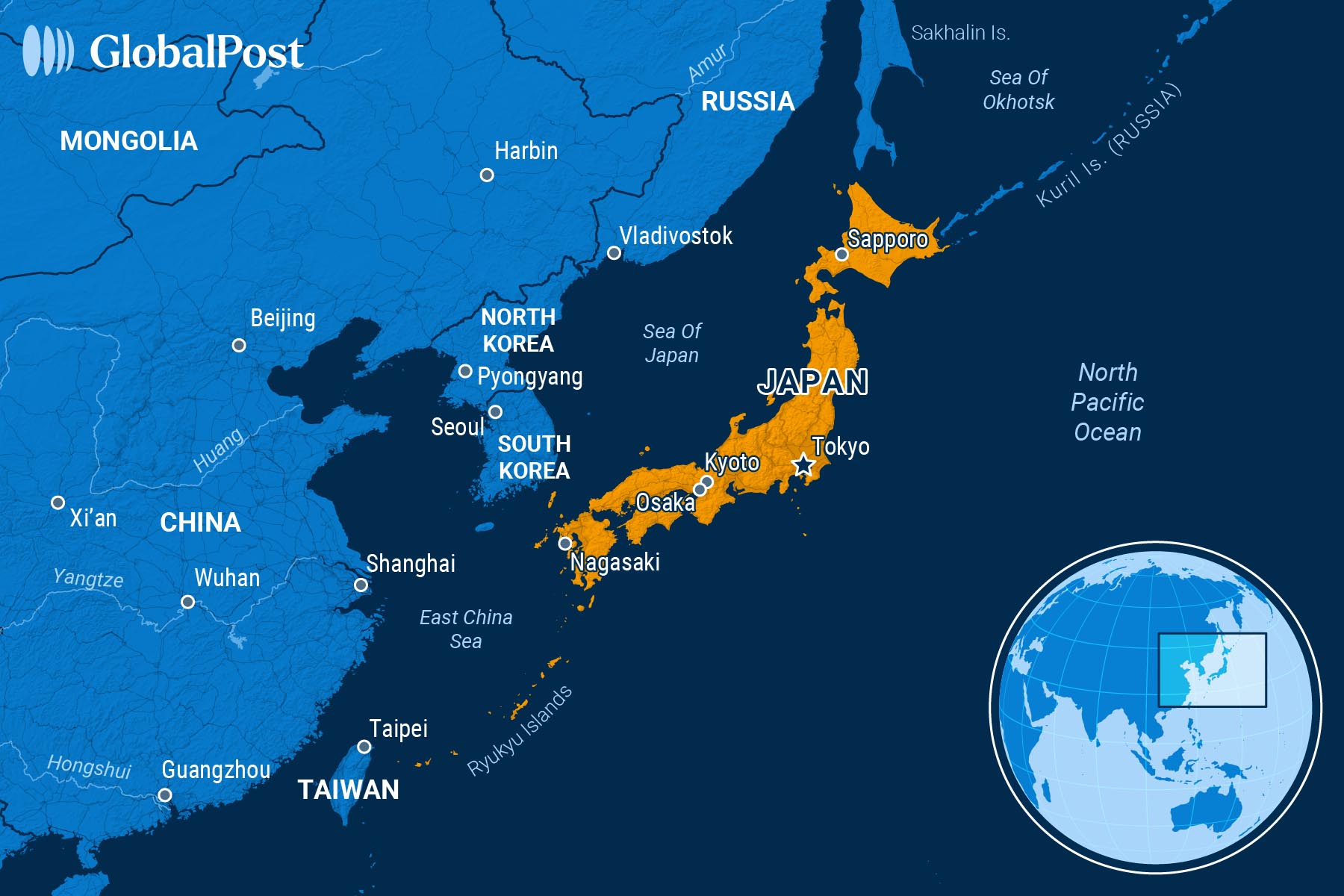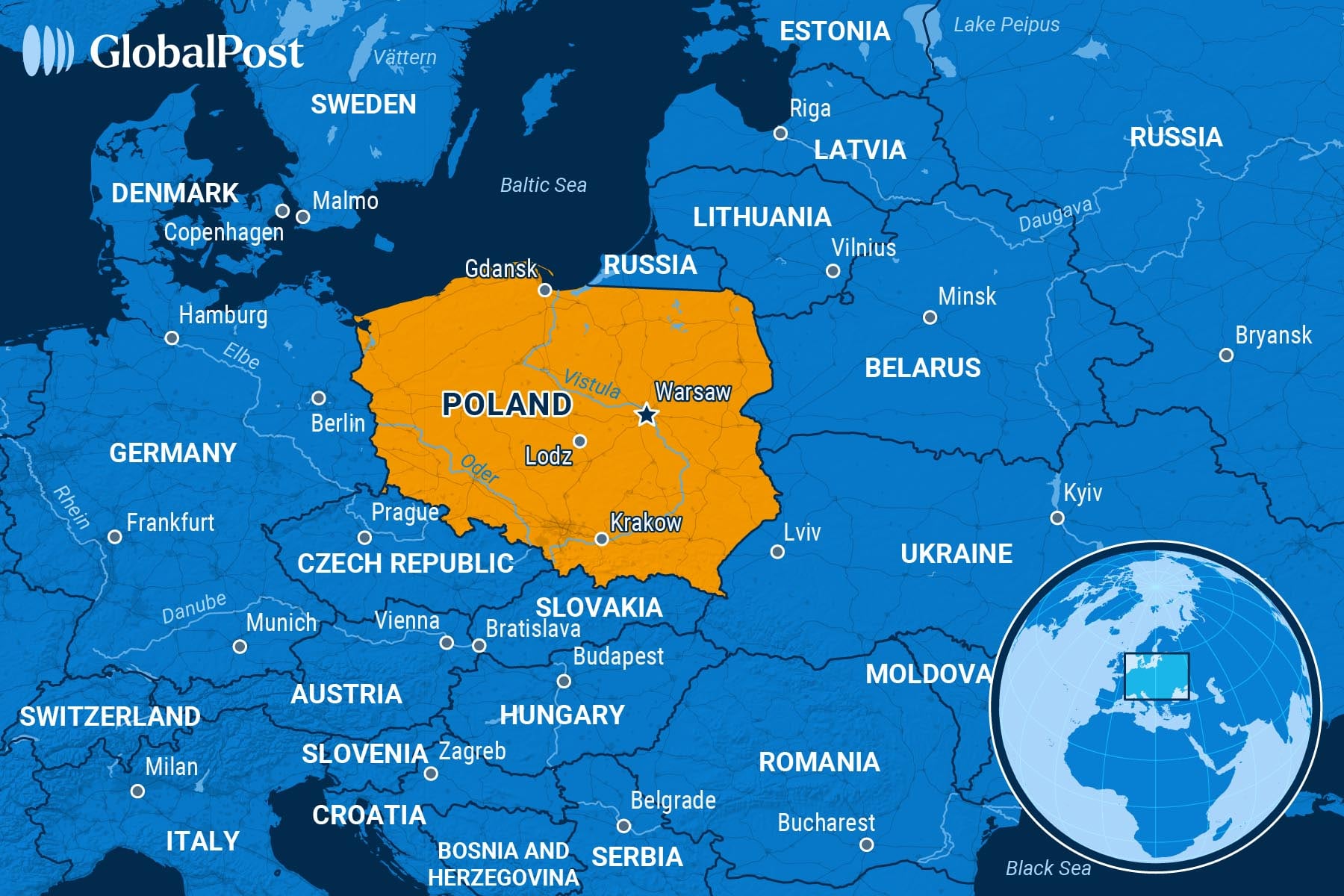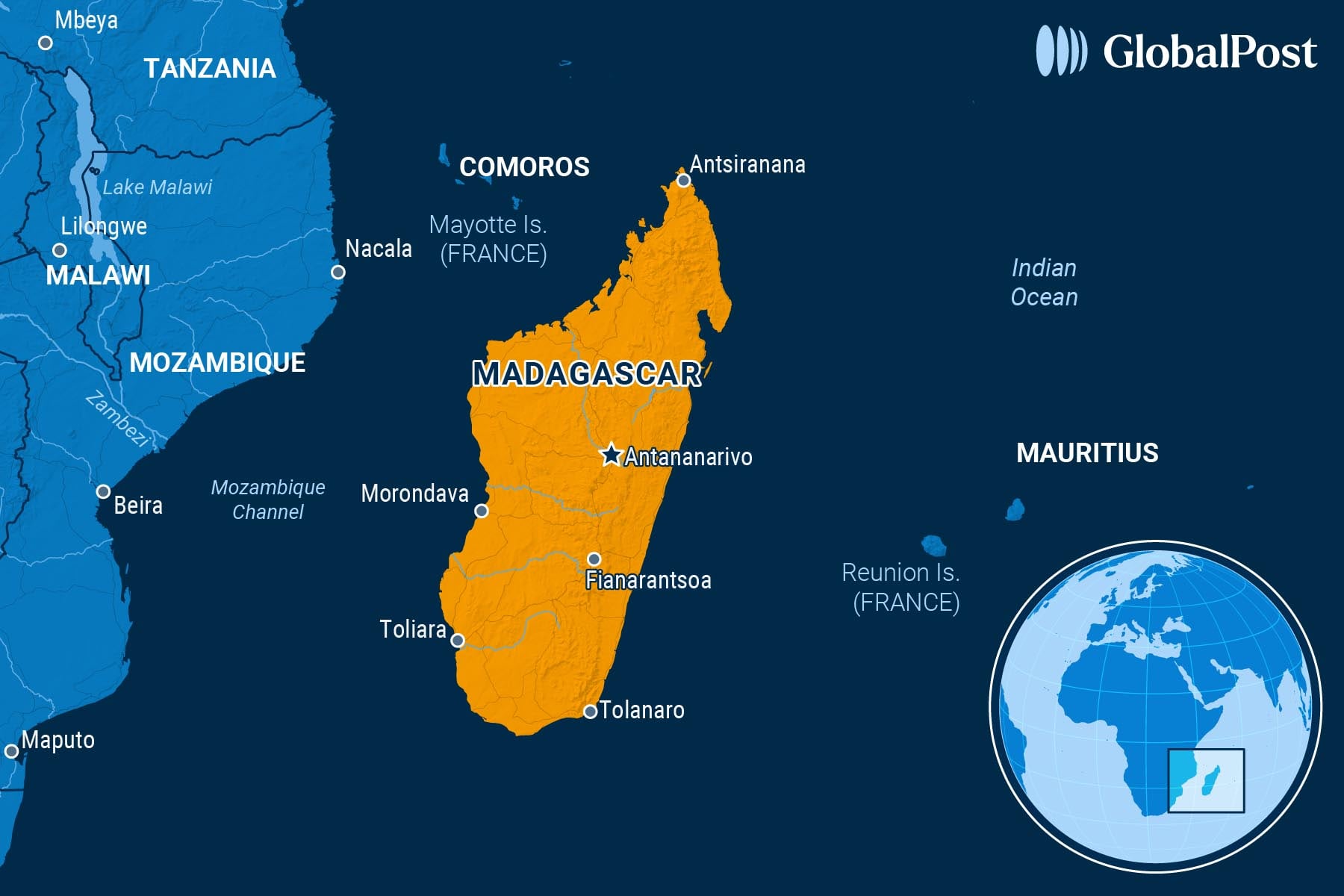The Enemy of My Enemy…: The New Saudi-Pakistan Defense Pact Is Rattling Some Capitals
NEED TO KNOW
The Enemy of My Enemy…: The New Saudi-Pakistan Defense Pact Is Rattling Some Capitals
MIDDLE EAST

When Israeli missiles struck Doha on Sept. 9, targeting Hamas leaders in the heart of Qatar’s capital, the message reached Riyadh loud and clear: American protection has limits.
Eight days later, Saudi Arabia signed a mutual defense pact with Pakistan.
The Strategic Mutual Defense Agreement dictates that “any aggression against either country shall be considered an aggression against both.” It’s the first time a Gulf Arab state has formalized collective defense with a nuclear-armed partner – reflecting what analysts describe as Riyadh’s diminishing confidence in American security guarantees.
Israel’s strike exposed the limits of American protection and “is a major shift in global realignments,” according to the Italian Institute for International Political Studies.
“Saudi Arabia seeks protection against Iran and Israel, while Pakistan looks for allies to deter India,” it said. “More broadly, the Saudi-Pakistani pact pushes the United States further from the Western Indian Ocean while pulling China somewhat closer (as a strong ally of Pakistan).”
Still, more recently, the bilateral relationship had become somewhat one-sided, with Saudi Arabia forced to provide multiple bailouts for Pakistan’s struggling economy, added World Politics Review. “This agreement indicates that Saudi Arabia still sees value in keeping Islamabad close given its large military and nuclear arsenal,” it wrote.
The Israeli strike rattled Gulf capitals. Qatar hosts 10,000 American troops at Al Udeid Air Base – the largest US military facility in the Middle East. Yet Washington gave Doha only minutes of warning and offered no tangible defense.
As a result, US allies hosting American troops saw that they could be targeted with minimal consequences, raising questions in Riyadh about who would defend Saudi Arabia in similar circumstances.
Still, the Atlantic Council noted the pact is “complementary, not alternative” to US guarantees.
For Pakistan, meanwhile, the timing offered leverage, especially against its rival, India. Islamabad secured not just diplomatic prestige but also increased Saudi investment – critical for an economy still recovering from near-default. A Saudi business delegation visited Pakistan in early October to explore government-to-government and private sector projects.
The pact’s first real test, meanwhile, is not coming from Iran or Israel, but from Afghanistan.
Pakistan faces surging attacks from the Tehreek-e-Taliban Pakistan (TTP). In mid-September, 19 Pakistani soldiers died fighting TTP militants. By early October, Pakistani and Afghan Taliban forces were trading deadly cross-border fire, with dozens of casualties on both sides.
Saudi Arabia urged restraint and dialogue.
That cautious response revealed a tension, say analysts: Riyadh wants a capable ally but has no desire to be dragged into Pakistan’s frontier wars. The mutual defense clause sounds sweeping, but its practical limits remain untested, analysts say.
For New Delhi, meanwhile, the pact is a strategic setback.
India has spent years cultivating Saudi ties through energy trade, investment, and the India–Middle East–Europe Economic Corridor (IMEC), an alternative to China’s Belt and Road Initiative. Bilateral trade between India and Saudi Arabia exceeds $40 billion annually, dwarfing Pakistan’s $4 billion with the Gulf kingdom.
Analysts at the Brookings Institution said that India must now reckon with the reality that its largest energy supplier has formalized a defense partnership with its nuclear-armed rival.
“The new agreement’s implications are consequential, given each of the two parties’ own sets of allies and long-standing adversaries,” it wrote. “The Pakistani military probably has reason to believe that this pact might institutionalize more sustained and diversified financial support from Saudi Arabia; dampen Riyadh’s engagement with New Delhi on defense, technology, and infrastructure investment; create new opportunities for leverage over India in a bilateral crisis; and demonstrate to its own people and to other countries in the region that it has built a resilient set of partners and is not unduly reliant on China for economic and security assistance.”
Meanwhile, Harsh V. Pant of India’s Observer Research Foundation noted that “(Saudi Arabia) has long extended support to Pakistan over the issue of Kashmir,” adding that the pact could complicate India’s already fraught relationship with Islamabad.
IMEC’s future looks murkier. A Saudi tilt toward Pakistan raises questions about whether India can still count on Gulf partners to anchor such ambitious regional projects that would counter China.
Still, analysts say the pact reflects a broader trend: Gulf states diversifying security partnerships in a multipolar world.
Egypt, left out of the arrangement, has publicly expressed frustration, especially because the deal is a snub of its proposal, which it made a decade ago for the formation of a NATO-like force to defend Arab states against external threats.
“The Saudis seem to have learned a lesson from the Israeli airstrikes in Qatar, which propels their pursuit for alliances with different partners,” Egyptian political researcher, Ahmed Abdel Meguid, told the New Arab, adding that the pact signals a pivot toward non-Western partners.
Other Gulf states may follow suit. Analysts speculate that the United Arab Emirates and Qatar could pursue similar arrangements, layering regional security through bilateral pacts rather than waiting for Washington to lead.
For the United States, the pact marks the end of something larger: America’s unchallenged role as the Gulf’s sole security guarantor. But that’s good news for the US, wrote the Stimson Center.
“Indeed, Washington trades some control over the Middle Eastern security architecture – and chips away at influence over Riyadh in particular – but a more resilient regional security architecture that opens the path for the US to do less on a subset of regional problems is precisely the kind of strategic buck-passing that US grand strategy should encourage,” it said. “A Middle East and South Asia where regional powers engage in greater self-help, resulting in an improved regional balance amid rising threats, is ultimately a step toward a more sustainable American security posture.”

THE WORLD, BRIEFLY
Japan Gets Its First Female Prime Minister
JAPAN

The Japanese parliament on Tuesday elected Sanae Takaichi, leader of the ruling Liberal Democratic Party (LDP), as the country’s new prime minister, making her the first woman in the country to hold the post, Reuters reported.
Takaichi, 64, secured a clear majority Tuesday, winning 327 votes in the powerful lower house and another 125 in the upper house, becoming Japan’s 104th prime minister.
The newly appointed leader is a staunch conservative known for her nationalist views, her support for revising Japan’s pacifist constitution, and her calls to strengthen the country’s military capabilities.
Takaichi is taking over during a period of instability for Japan, a country that has had four prime ministers in five years due to plunging support for the LDP, mainly due to campaign finance scandals. The economy has also been lagging, with the country grappling with rising living costs.
Nicknamed the “Iron Lady” for her admiration of the late former British Prime Minister Margaret Thatcher, Takaichi will also have to deal with complicated relationships abroad.
South Korea, which has been working to mend its historically delicate relations with Japan, is wary due to Takaichi’s nationalist politics.
Similar to some of her predecessors, such as her mentor, the late former Prime Minister Shinzo Abe, she is expected to take a tough stance toward China.
However, analysts say Japan’s most important relationship is with the United States. An early test is likely to come when she meets with US President Donald Trump next week.
While Japan and the US have already agreed on a tariff deal, some are concerned about Trump’s past comments doubting the value of a security treaty between the two countries. However, like Abe, who was close to Trump, Takaichi has been calling for increases in the defense budget, a move that will likely be welcomed by the Trump administration, which has called on Tokyo to reach NATO’s 5 percent benchmark, according to CNN.
Earlier this month, Takaichi, a former economic security minister, defeated four men in elections to become the new LDP leader and became the frontrunner in the race to become prime minister. However, her path to the office was derailed when the LDP’s long-time coalition partner, the Komeito party, withdrew its support.
A last-minute deal with a right-leaning opposition party, Japan Innovation, known as Ishin, secured her victory.

Poland Arrests Eight Over Alleged Russian Sabotage Plot Targeting the EU
POLAND

Polish authorities this week arrested eight individuals, including a Ukrainian citizen, suspected of collaborating with Russian intelligence to conduct a sabotage campaign aimed at destabilizing the European Union, the Associated Press reported.
On Tuesday, prosecutors said the suspects were allegedly sending shipments containing explosives and incendiary materials to Ukraine that would randomly detonate during transport.
Tomasz Siemoniak, Poland’s minister for coordinating special services, noted that the alleged saboteurs had been “conducting reconnaissance of military facilities and critical infrastructure, preparing resources for sabotage, and directly carrying out attacks.”
Authorities added that two more Ukrainian citizens were detained in Romania in the same sabotage plot. Romanian officials said the pair were operating on behalf of Russian intelligence and had planned to deposit parcels containing improvised explosive devices at an international courier company in Bucharest.
The arrests are the latest in a growing series of detentions linked to Russian-led sabotage operations across the EU and Western nations since Russia’s invasion of Ukraine in February 2022.
Western officials have accused Moscow and its proxies of staging dozens of attacks and other operations across Europe. Last month, Lithuanian officials detained individuals involved in an alleged Kremlin-linked ring that was planning a series of arson attacks in various European countries.
While Poland has arrested dozens of people suspected of sabotage and espionage, it came under fire recently for releasing a Ukrainian man wanted by Germany for involvement in the 2022 Nord Stream 2 pipeline explosion, the Wall Street Journal noted.
On Friday, a Polish court ordered the release of Volodymyr Zhuravlev, a deep-sea diver accused of helping plant explosives on the German-Russian pipeline in the Baltic Sea in September 2022.
German prosecutors labeled the incident a criminal act and sought his extradition, but the court ruled the evidence insufficient and said the attack was a legitimate wartime operation.
While German officials called the release “shameful,” observers said the verdict highlighted the tensions over the Nord Stream 2 pipeline between allies.
Once the world’s largest offshore gas conduit, Nord Stream 2 was long criticized by Poland and other Eastern European nations for enriching Moscow and bypassing Ukraine, a traditional transit hub for Russian energy exports.
Polish Prime Minister Donald Tusk said before the ruling that the problem with Nord Stream 2 was “not that it was blown up. The problem is that it was built.”

Madagascar Names First Prime Minister After Military Coup
MADAGASCAR

Madagascar’s newly appointed president, Col. Michael Randrianirina, who seized power last week via a military coup following mass protests, named businessman and consultant Herintsalama Rajaonarivelo as the island nation’s new prime minister, France 24 reported.
When explaining his pick for prime minister this week, Randrianirina cited Rajaonarivelo’s experience and “connections with the international organizations that work” with the country.
Randrianirina added that the military will govern alongside a civilian administration for up to two years, transitioning to civilian rule following new elections.
The little-known colonel was sworn in as president on Friday, days after taking control of Madagascar following weeks of massive “Gen Z” protests that ousted President Andry Rajoelina, of whom Randrianirina has long been a vocal critic, Al Jazeera noted.
Rajoelina, who was impeached by lawmakers for desertion of duty after he fled Madagascar earlier this month, condemned the military takeover and has refused to step down even while in exile, and also having been deserted by the country’s security forces, his allies in the legislature, and the country’s top court.
Meanwhile, the United Nations and the African Union have condemned Randrianirina’s takeover, with the latter suspending Madagascar from the group.
The recent unrest led by the “Gen Z Madagascar” was triggered by persistent water and energy cuts but later transformed into wider discontent with the government.

DISCOVERIES
Perseverance Pays Off
Humans have always wondered whether they are alone in the universe.
Now, scientists have examined a sample that NASA’s Perseverance Mars rover collected last year from an ancient dry riverbed in Jezero Crater and found that the sample could preserve evidence of ancient microbial life.
The sample, known as Sapphire Canyon, was collected from a rock known as Cheyava Falls: A new study has found that it contains potential biosignatures.
“This finding (…) is the closest we have ever come to discovering life on Mars,” acting NASA administrator Sean Duffy said in a statement. “The identification of a potential biosignature on the Red Planet is a groundbreaking discovery.”
A potential biosignature is a substance or structure that might have a biological origin and could confirm the presence of life, with more analysis.
The rover reached Cheyava Falls in July 2024 while exploring the Bright Angel formation, a series of rocky outcrops along the northern and southern edges of Neretva Vallis – an ancient river valley carved by water that flowed into Jezero Crater long ago.
Perseverance found that the formation’s sedimentary rocks are made of clay and silt, which on Earth are known as great preservers of past microbial life. They are also rich in organic carbon, sulfur, oxidized iron (rust), and phosphorus.
“The combination of chemical compounds we found in the Bright Angel formation could have been a rich source of energy for microbial metabolisms,” study author Joel Hurowitz said in the statement. “But just because we saw all these compelling chemical signatures in the data didn’t mean we had a potential biosignature. We needed to analyze what that data could mean.”
Similarly, the rover’s instruments found what looked like colorful spots while examining Cheyava Falls, which may have resulted from microbial life if it had used the rock’s materials – vivianite and greigite – as an energy source, Hurowitz explained.
Vivianite is often found on Earth in sediments, peat bogs, and around decaying organic matter. Similarly, some forms of microbial life on Earth can produce greigite.
Still, the minerals can also be the product of high temperatures and other causes not related to biological life.
Even so, the rocks at Bright Angel didn’t display evidence that they underwent high temperatures or other conditions that produce those chemicals, researchers said.
The discovery is all the more surprising because it comes from some of the youngest sedimentary rocks the mission has investigated. Researchers had believed that signs of ancient life would come from older rock formations. This indicates that Mars could have been habitable for a longer or later period in its history than once believed, and that older rocks might contain signs of life that are more difficult to detect.
